by Donald A. Jusko
Pictura Translucida
Transparent Pigments
Painting with the intensity of light.
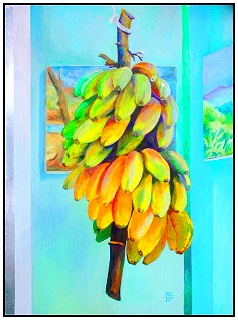
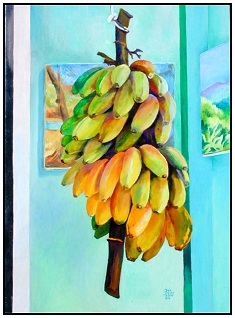
The top left bananas and wall strips can change values because
they are painted transparently.
Transparent Pigments
Painting with the intensity of light.


The top left bananas and wall strips can change values because
they are painted transparently.
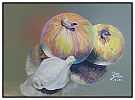 |
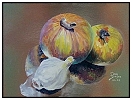 |
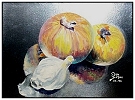 |
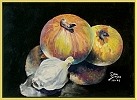 |
|
|
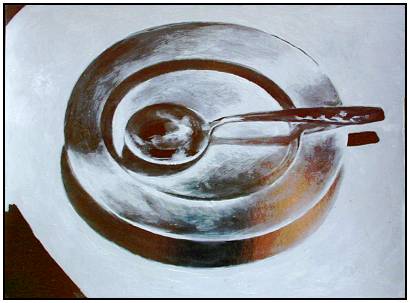
Opaque White as the base coat of a highlight makes the highlight visible when there is no lighter reflected light directly behind you. This yellow and dark red coloring in the dark reflection is me. In this technique the shadows are left clear and reflective.
I get the best dynamic effects with a matte finish. You could never get the effect on the right with a gloss finish. |
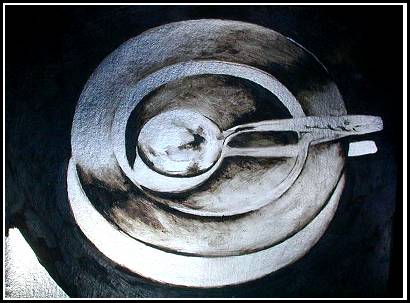
When the reflected light by contrast is so bright as to make the white paint appear black. This is what you get. By example, an opaque dark (there are none in this painting, only white) will stay dark, but a transparent dark (no opaque white) can be the lightest passage in the painting if the reflected light angle is just right. As in this angle.
No this is not a negative. |
This painting below is just the opposite in technique as the painting above.
In this painting the shadows are not left clear, they are painted with a dark opaque
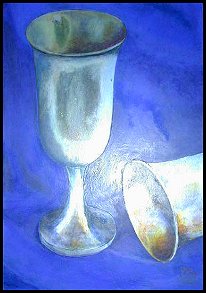
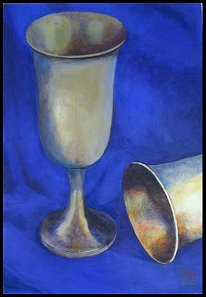
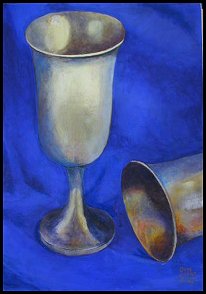
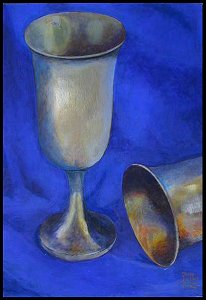
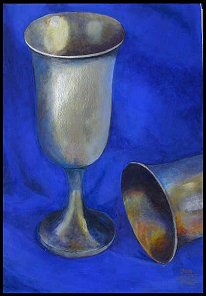

Look how the light can dance around the silver cups in just average room light.
|
5.5" x 7.5" Oil Painting
|
3/5 Venetian balsam, 2/5 Cold pressed linseed oil, an excellent glazing medium.
|
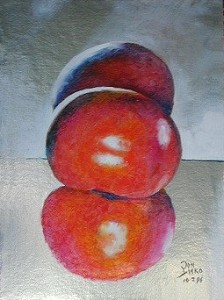
Journal #832,
|

Final Varnish, Delf Millennium
|
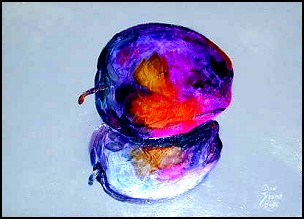
This flash photo shows all the transparent colors. |
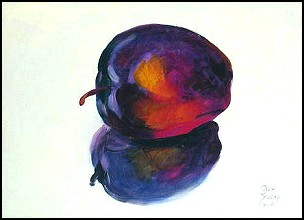
This plum always makes me feel good when I pass by. Every angle lights up a different color. |
The artist of the 1st century could turn tin into gold with sandracca painted on tin.
Also written in the Dark Ages is that "pictura translucida"
was the most beautiful form of painting.
I saw their Church mosaics when I was there in Istambul and I believe them.
They were in a very High Art position then, today we are comparatively low.
Behold a simple onion shimmer in the light.
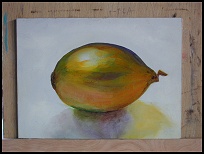 |
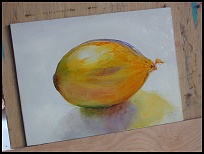 |
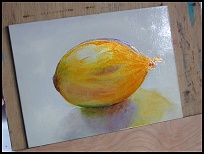 |
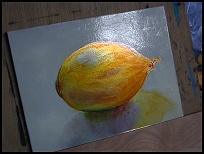 |
|
!! PICTURA TRANSLUCIDA !! Pictura translucida was then and is now a painting technique using transparent and opaque pigments in tandem on a shinny metal support panel. This produces the most amazing dimensional effect with light. I see why this was called the most beautiful form of painting in the first century. A/D 500 CONSTANTINOPLE. What was happening with sculptures and buildings during this time? A lot! The Hagia Sophia is a good example with four pendentive pillars that held up the dome, an architectural achievement by Justinian, successor to Rome in the sixth century. This is the First Golden Age of Byzantine.
At this time there were artists that were making paintings more beautiful than ever seen today. They had not only a complete opaque palette, but a complete transparent palette as well. By today's standards the colors were not permanent but they had all of them. They could make a halo or face glow by adding intensity to the color through reflectance from the shiny surface support. |
NEXT picturatranslucida2.htm
PREVIOUS trompel-oeil.htm
